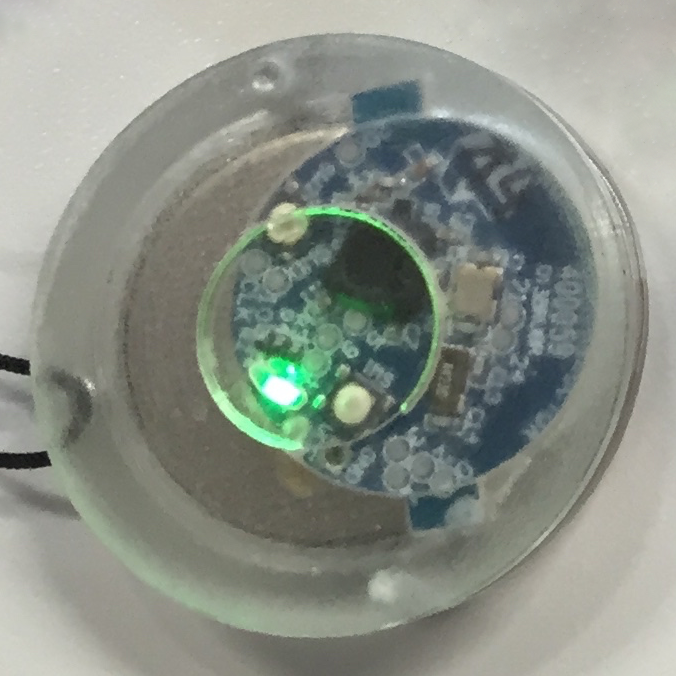
Practical application of an implicit interaction principle where people are able to continue their natural behavior without being distracted from their focused task and simultaneously and seamlessly interact with a computer in order to execute a pretended incidental but necessary action.
When people intend to interact with a technical system they are supposed to consciously perform a designated task. They need to be attentive and aware of the provided interaction mechanisms in order to initiate a desired process. Yet, interaction may also have an implicit nature when people do not perceive that they are controlling a system but continue their natural behavior.
Exemplarily, Be-In/Be-Out (BIBO) ticketing services in public transportation systems utilize implicit hands-free interaction and enable passengers to obtain their (virtual) tickets just by “being” inside a vehicle. Infrastructural appliances detect their presence and initiate services unnoticed in the background.
First attempts in constructing BIBO systems have been conducted using Radio Frequency Identification (RFID). As a new enabling technology for BIBO systems, we focus on Bluetooth Low Energy (BLE), evidence its domain-specific applicability, carve out differences compared to conventional implementations and accentuate arising opportunities for interaction.
Our investigations are being conducted from 2014 to 2016 in the course of a national research project PONS within the framework of the strategic initiative Mobility of the Future funded by the Austrian government with cooperating universities, major national public transportation companies and NGOs. The general aim of this project is to develop new paradigms and technical systems for user guidance and to conceive an emancipated mobility approach, serving people with physical disabilities as well as children, elderly people or humans with cognitive impairments. Our ambition is to simplify and accelerate usage of public transportation for all users by new ideas, concepts, and technological solutions. Users and their needs are put forward for designing innovative services that omit complicated and technology-focused user-interfaces and assist travellers seamlessly.
